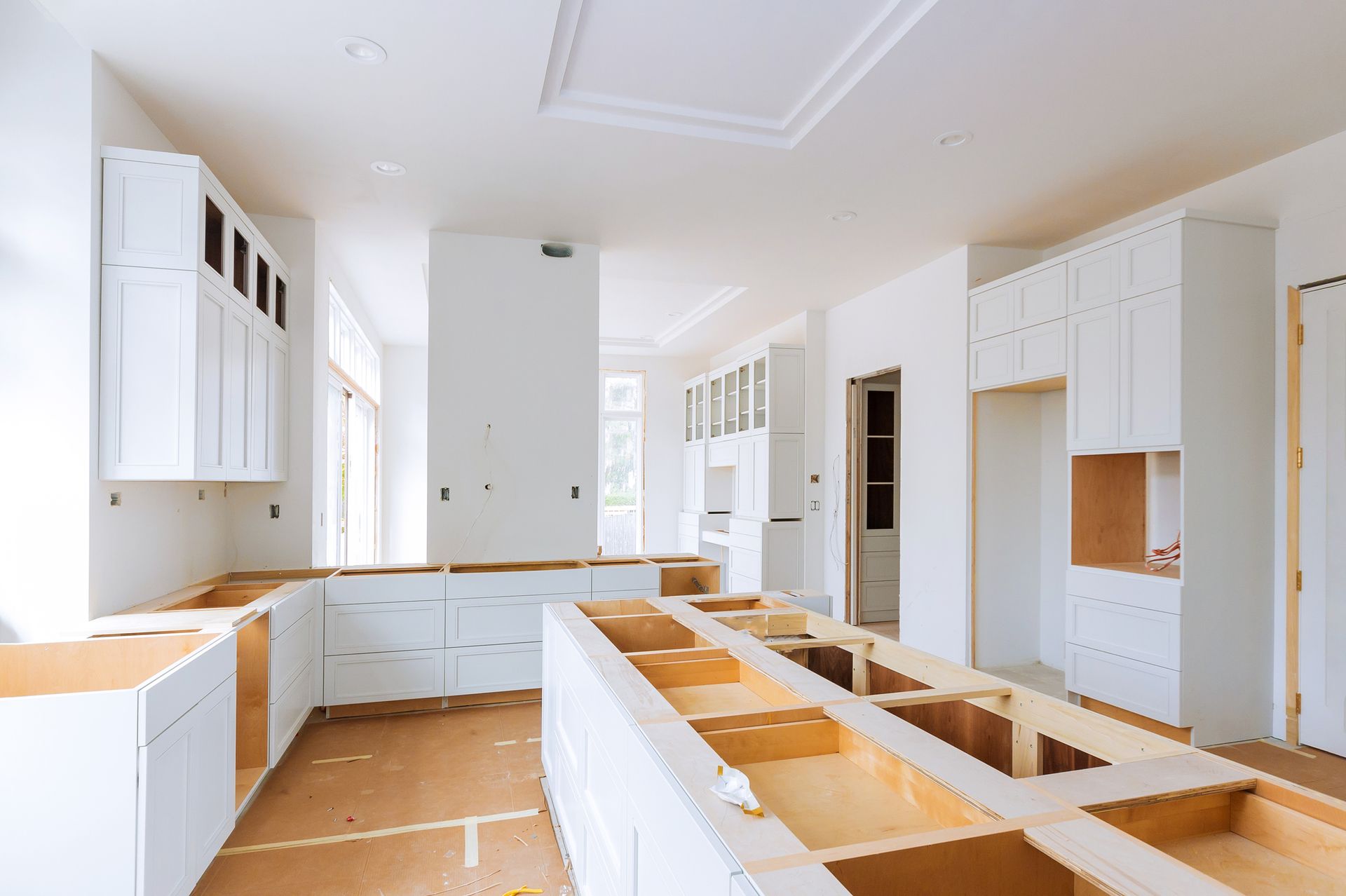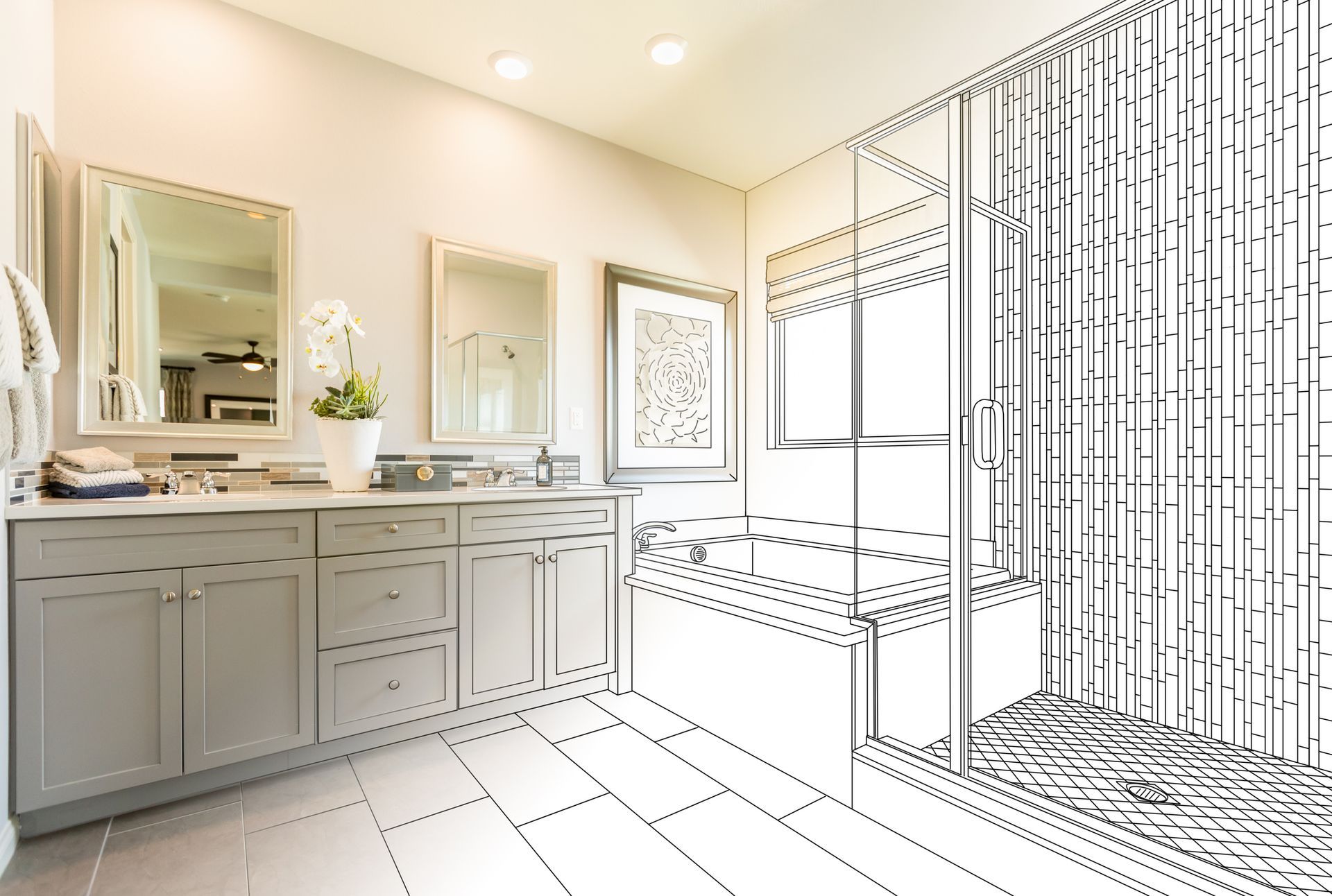A Guide to Retaining Walls in Los Angeles, CA by Advanced Builders & Contractors
Welcome to our comprehensive guide on retaining walls for residential construction in California. With over 18 years of experience in the Los Angeles area, we understand the unique challenges and considerations that come with building retaining walls in this region. This guide will provide you with a brief overview about everything retaining walls, whether you are considering a new retaining wall, or suspect that yours may need to be repaired or replaced.
Call 888-930-1030 for retaining walls in the Los Angeles Metro area or click here to request an estimate
What is a Retaining Wall?
A retaining wall is a structure designed to hold back or retain soil, preventing it from eroding or collapsing. These walls are strategically constructed to provide support and stability for areas with sloping or uneven terrain. In residential construction, retaining walls serve both practical and aesthetic purposes, ensuring that properties are safe, functional, and visually appealing.
Why are Retaining Walls Used in Los Angeles Residential Construction?
- Hilly Terrain: Los Angeles is renowned for its picturesque hillsides and valleys. However, this natural topography often poses challenges when building homes. Retaining walls are employed to level land for construction, creating flat spaces for foundations, gardens, driveways, or additional living areas.
- Erosion Control: The city's semi-arid climate experiences occasional heavy rains, which can lead to soil erosion on sloping properties. Retaining walls act as protective barriers, preventing soil from washing away and safeguarding the integrity of your property.
- Land Use Optimization: Residential properties in Los Angeles often come at a premium. Retaining walls allow homeowners to make the most of their land by creating usable spaces on slopes that might otherwise be neglected or unusable.
- Aesthetics: Retaining walls are not just functional; they also enhance the visual appeal of properties. With various materials and designs available, homeowners can create beautiful landscapes, terraces, and gardens that complement the overall look of their homes.
When and Where are Retaining Walls Needed?
- Sloping Properties: If your property has a significant slope, retaining walls are essential to prevent soil erosion, create flat areas for landscaping, and add structural stability to your home.
- Hillside Construction: Building on hillsides is common in Los Angeles. Retaining walls are a must for securing foundations and ensuring the safety of your home in such challenging environments.
- Maximizing Space: If you want to maximize your outdoor living space or create terraced gardens, retaining walls can help create level surfaces on steep slopes.
- Driveways and Pathways: Retaining walls can be used to build sturdy driveways and pathways on sloped properties, ensuring safety and convenience.
The Benefits of Properly Designed Retaining Walls
- Prevent Erosion: Retaining walls are a vital tool for preventing soil erosion, preserving your property's landscape, and maintaining property value.
- Enhance Aesthetics: Well-designed retaining walls can add character and beauty to your property, making it more attractive and enjoyable.
- Expand Usable Space: By creating level areas on sloping terrain, retaining walls allow you to make the most of your property, whether for recreation or gardening.
- Increase Property Value: A properly constructed and aesthetically pleasing retaining wall can increase your property's value, making it a wise investment.
Basic Steps in Building Retaining Walls
- Assessment and Planning:
- Evaluate the site, soil conditions, and drainage. The design should consider factors like soil type, drainage, and the anticipated surcharge loads from structures or landscaping above the wall. Adequate drainage behind the retaining wall is critical to prevent water buildup, which can exert pressure on the wall and compromise its stability. Drainage systems may need to be designed and installed as part of the project.
- Determine the appropriate type of retaining wall based on the specific needs.Retaining walls must be designed and engineered to meet local building codes and standards. This includes ensuring the wall can withstand the loads it will be subjected to, especially in areas with seismic activity.
- Secure necessary permits and approvals. In Los Angeles, retaining walls generally require a permit if they exceed specific height and engineering criteria. The height at which a permit is required can vary depending on the jurisdiction within Los Angeles County, so it's crucial to check with your local building department or work with a qualified contractor who is familiar with local requirements and can handle this for you. Local zoning codes may dictate setback requirements, which determine how far the retaining wall must be from property lines, adjacent structures, and other boundaries.Regular inspections by building department officials or engineers may be required at various stages of construction to ensure compliance with codes and safety standards.
- Excavation and Footing:
- Excavate the area to the required depth.
- Install footings to provide stability and support.
- Wall Construction:
- Assemble the chosen materials (blocks, timber, gabion baskets, or formwork for poured concrete).
- Build the wall according to the design and specifications.
- Drainage Installation:
- Ensure proper drainage behind the wall to prevent water buildup.
- Use gravel and drainage pipes as necessary.
- Backfilling and Compaction:
- Backfill behind the wall with appropriate materials.
- Compact the backfill in layers to prevent settling.
- Finish and Aesthetics:
- Apply finishing touches such as paint, stucco, or veneer as desired.
- Maintenance:
- Regularly inspect for signs of damage or shifting.
- Address any issues promptly to prolong the wall's lifespan.
Retaining Wall Types
- Concrete Block Retaining Walls: Ideal for versatile, long-term solutions with aesthetic considerations.
Pros:
- Durable and long-lasting.
- Versatile in design and appearance.
- Suitable for a wide range of applications.
Cons:
- May require professional installation.
- Prone to cracking in seismic regions.
Recommended for:
- Flat or sloping landscapes, gardens, terraces, and driveways.
- Timber Retaining Walls: Suited for smaller projects with a budget constraint and where a rustic appearance is desired.
Pros:
- Cost-effective.
- Natural aesthetic appeal.
- Easy to work with.
Cons:
- Limited lifespan due to wood decay.
- Susceptible to pests and rot.
Recommended for:
- Short-term projects, gardens, and small retaining needs.
- Gabion Retaining Walls: Great for eco-friendly projects with excellent drainage requirements and a unique visual appeal.
Pros:
- Environmentally friendly using natural stone.
- Excellent drainage capabilities.
- Can be visually appealing.
Cons:
- Installation may require expertise.
- Stones may shift over time.
Recommended for:
- Sloping terrain, erosion control, and landscaping.
- Poured Concrete Retaining Walls: Recommended for large-scale projects where durability and high load-bearing capacity are crucial.
Pros:
- Durable and long-lasting.
- The strongest type of retaining wall.
- Versatile in design and appearance. Can be carved and formed to look like stone.
- Suitable for a wide range of applications.
Cons:
- Professional installation recommended.
- Prone to cracking in seismic regions.
Recommended for:
- Flat or sloping landscapes, gardens, terraces, and driveways.
- Segmental Retaining Walls (SRWs):
Pros:
- Easy to install with interlocking blocks.
- Versatile and adaptable to various designs.
- Suitable for smaller-scale hillside projects.
Cons:
- Limited to lower heights compared to other options.
- May require reinforcement for taller walls.
Recommended for:
- Smaller retaining needs on hillside properties, such as garden beds and landscaping.
What are signs that a retaining wall needs to be repaired or replaced?
A retaining wall is a crucial structural element in maintaining the stability of a property, especially in areas with sloping or uneven terrain. Over time, retaining walls may deteriorate or become compromised, and recognizing the signs that a retaining wall needs to be replaced is essential to prevent safety hazards and further damage. Here are some common signs that indicate a retaining wall may need replacement:
- Visible Structural Damage: If you notice visible cracks, bulges, or leaning in the retaining wall, it's a clear indication of structural issues. These signs may signify a loss of stability and could lead to a wall failure.
- Crumbling or Eroding Materials: If the materials used to build the retaining wall, such as concrete blocks, timber, or stones, are deteriorating, crumbling, or eroding due to weathering or age, it's a strong indicator that the wall may need replacement.
- Water Damage: Frequent or persistent water damage can weaken the structural integrity of the wall. Signs of water damage include efflorescence (white, chalky deposits on the surface), moss or algae growth, or water staining.
- Leaning or Tilting: If the retaining wall is visibly leaning or tilting away from its original position, it's a serious issue that requires immediate attention. A tilting wall can collapse, causing damage to property and posing a safety hazard.
- Bulging or Bowing: Bulges or bowing in the wall can indicate that the wall is under excessive pressure from the soil it's retaining. This can be a sign of soil movement or inadequate wall design.
- Separation Between Blocks or Stones: If there are gaps or separation between individual blocks or stones in the wall, it may indicate that the wall is failing. This can be due to soil pressure, settling, or inadequate construction.
- Soil Erosion Behind the Wall: If the soil behind the wall is eroding, it can undermine the wall's stability. Check for signs of soil slippage or washout behind the wall, especially after heavy rainfall.
- Age: Retaining walls have a finite lifespan, and their longevity depends on factors such as material quality, construction techniques, and local conditions. If a wall is several decades old and showing signs of wear, it may be time to consider replacement.
- Inadequate Drainage: Poor drainage can lead to water buildup behind the wall, increasing hydrostatic pressure. If the retaining wall lacks proper drainage systems or the existing systems are failing, it can compromise the wall's integrity.
- Visible Tilt or Settling of the Land Above: If the land or structures above the retaining wall are visibly settling or shifting, it can put additional pressure on the wall, potentially causing damage or failure.
Choosing the right retaining wall for your residential construction project in California requires careful consideration of your specific needs, budget, and aesthetic preferences. Consulting with an experienced general contractor can help ensure the success of your project. If you're in the Los Angeles area, feel free to reach out to us for expert guidance and services tailored to your requirements.
They were very responsible and reliable which made my life easier to which I am very grateful! Job very very very well done!
- Samuel L.
Recent Blog Posts
Serving the Los Angeles Area
For Over 18 Years
Do We Serve Your Area?
Ready to discuss your project? Contact us or call 888-930-1030
Ready to discuss your project? Contact us or call 888-930-1030

© 2014 - 2024 DBA Advanced Builders & Contractors. © License# 900281. All Rights Reserved.










